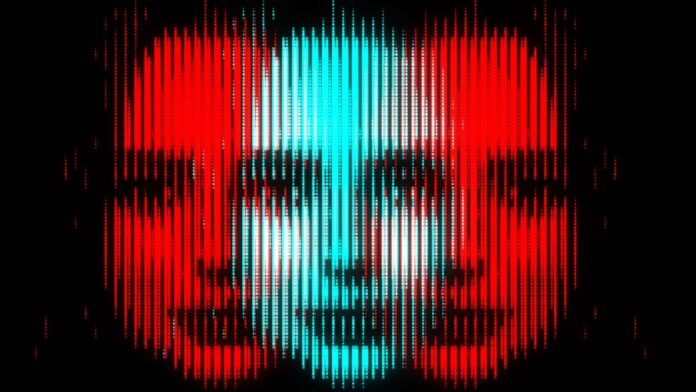People who possess an extraordinary ability to remember faces – often called “super-recognizers” – don’t simply try harder; their brains naturally process facial features in a fundamentally different way. New research from the University of New South Wales (UNSW) Sydney reveals that these individuals automatically focus on the most distinguishing characteristics of a face, rather than processing it as a whole. This isn’t a skill you can learn; it’s a deeply ingrained perceptual difference.
How Super-Recognizers’ Brains Work
To understand this difference, researchers used eye-tracking technology to analyze how super-recognizers and people with typical facial recognition abilities view new faces. The study, involving 37 super-recognizers and 68 control participants, tracked where and for how long participants looked at faces displayed on a computer screen. The data was then fed into deep neural networks (a type of machine learning algorithm) trained to recognize faces.
The results were striking: when the algorithms processed eye-tracking data from super-recognizers, they were significantly more accurate at matching faces than when fed data from typical observers. This suggests that the way super-recognizers scan faces provides more “informative” data to the brain, allowing for more precise recognition.
The “Jigsaw Puzzle” Approach
This finding builds on previous work from the same team, which revealed that super-recognizers don’t see faces as a unified whole; instead, they break them down into parts, processing them as a composite image. This “jigsaw puzzle” approach challenges the assumption that strong facial recognition involves focusing on the center of a face. The new study expands on this, suggesting that super-recognizers aren’t just picking up more information; they’re focusing on the right information.
Exaggerated Features: Like a Caricature
The key difference appears to be a natural inclination to tune into the most “diagnostic” features of a face. As lead author James Dunn explains, it’s similar to caricature: exaggerating distinctive features makes a face easier to recognize. Super-recognizers seem to do this visually, focusing on the details that make each person unique.
Implications for Facial Recognition Technology
This research could inform improvements in facial recognition systems, though humans still have an edge over AI in real-world scenarios because we draw on social cues. However, the skill is not uniquely human. Strong genetic factors play a role, and facial identity processing is deeply rooted in primate social behavior.
The Takeaway
The ability to never forget a face isn’t about memory; it’s about perception. Super-recognizers don’t just try harder; their brains are wired to see faces differently, automatically focusing on the features that make each person instantly recognizable
































